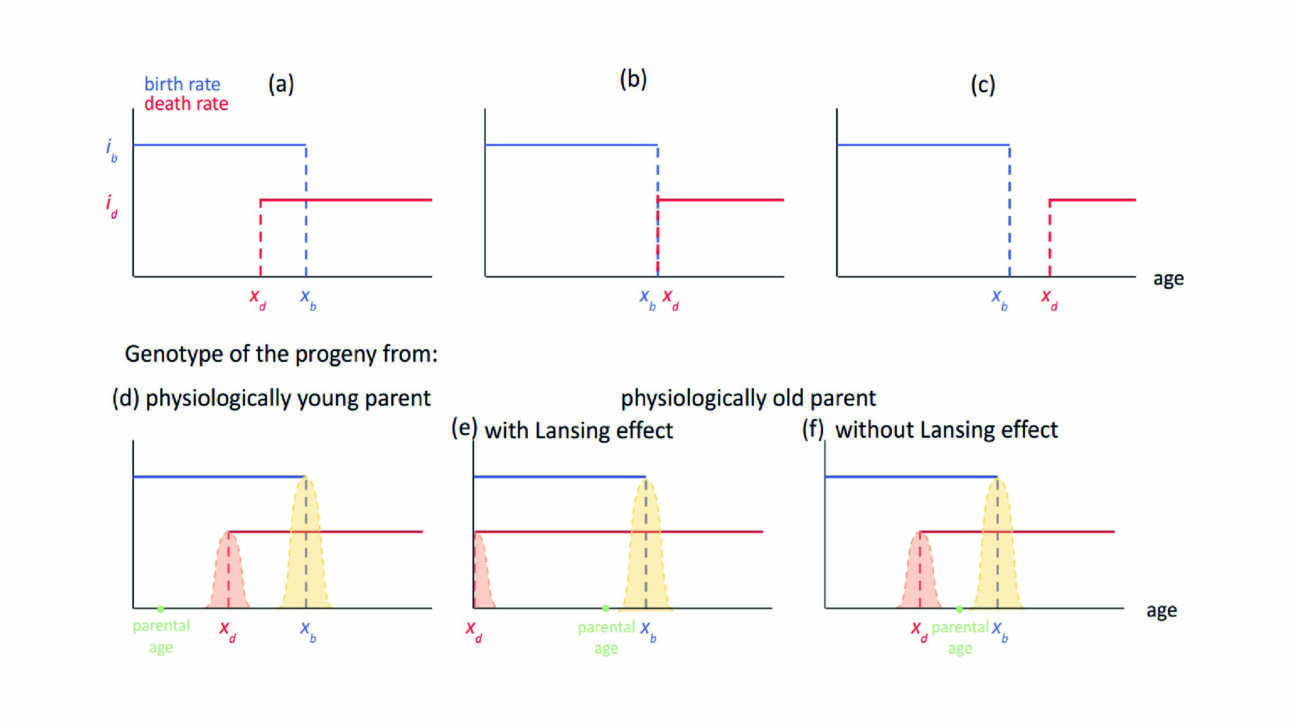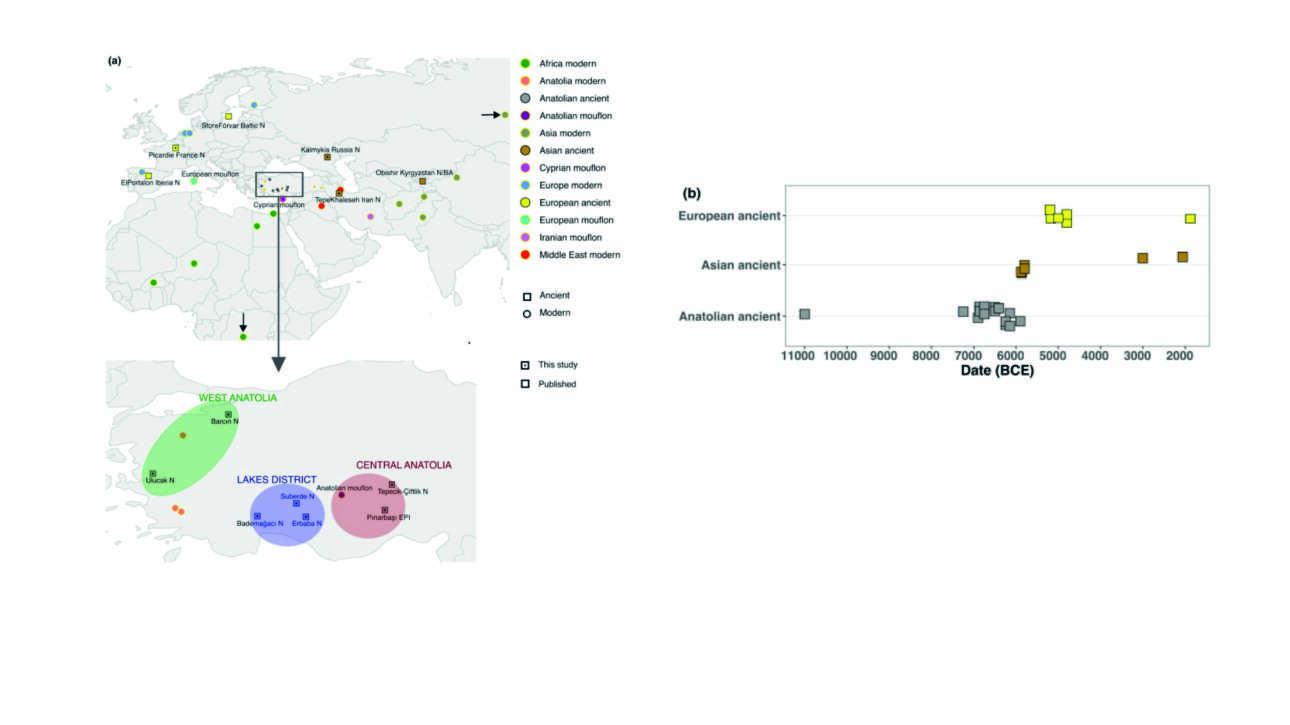L'équipe Duharcourt a publié un nouvel article dans Nucleic Acids Research :
The PIWI-interacting protein Gtsf1 controls the selective degradation of small RNAs in Paramecium
Résumé :
Ciliates undergo developmentally programmed genome elimination, in which small RNAs direct the removal of transposable elements (TEs) during the development of the somatic nucleus. Twenty-five nucleotide scanRNAs (scnRNAs) are produced from…











